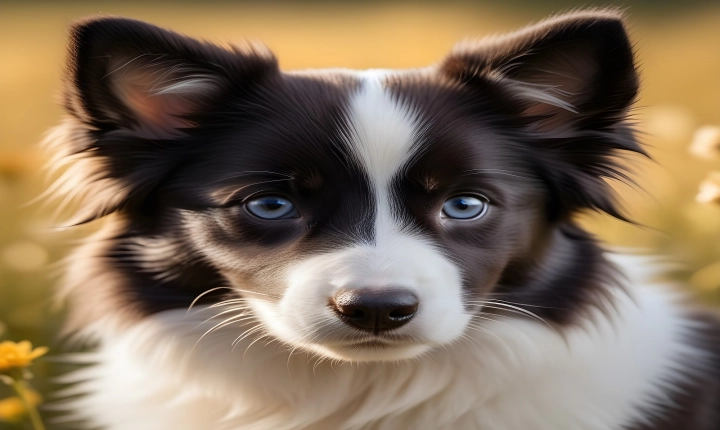Artificial intelligence’s impact on the art world continues to grow, raising questions about creativity, authorship, and the future of artistic expression. AI-generated art, also known as “AI art,” leverages machine learning algorithms to create original works, blurring the lines between human and machine creativity.
How does AI art work? At its core, AI art utilizes neural networks, a type of machine learning technology, to analyze and replicate patterns, styles, and compositions found in existing art. By training on vast databases of images, these neural networks learn to generate new images that mimic the characteristics of the input data. Through this process, AI can create a wide range of art forms, including paintings, drawings, sculptures, and digital graphics.
One of the most popular applications of AI art is style transfer, where an algorithm applies the stylistic elements of one image to another. This technique can produce visually compelling and abstract artwork, blending the features of different artistic styles into a single composition. Additionally, AI can learn to generate images from scratch, producing original artworks that may resemble those created by human artists. These AI-generated pieces have been featured in galleries and auctions, raising discussions about the value and authenticity of machine-made art.
Beyond visual art, AI has also made inroads into other artistic domains. For example, AI-generated music compositions have been created using algorithms trained on existing musical compositions. By analyzing the patterns and structures in music, AI can compose new pieces that mimic the style of famous composers or explore novel musical territories. Similarly, AI has been used to generate poetry and literature, raising questions about the nature of creativity and human emotion in artistic expression.
The rise of AI art has sparked both enthusiasm and skepticism within the art community. Some see the technology as a powerful tool for expanding creative possibilities, allowing artists to experiment with new styles and techniques. AI art has also been embraced by those who view it as a means to democratize art creation, providing accessible platforms for people to explore their artistic potential. On the other hand, critics express concerns about the potential loss of human creativity and the commodification of AI-generated art. The question of authorship and originality also looms large, as AI art challenges traditional notions of human agency in the creative process.
As AI art continues to evolve, it raises important ethical and philosophical questions. Should AI-generated art be considered genuine artistic expression? What are the implications of blurring the boundaries between human and machine creativity? And how might the rise of AI art reshape the art market and the role of artists in society?
Ultimately, the advent of AI art invites us to reconsider the nature of creativity and the boundaries of artistic expression. While AI’s potential to generate art is impressive, it also prompts us to reflect on the unique qualities of human creativity and the complex interplay between technology and artistic innovation. As AI art continues to make an impact on the art world, these questions will remain central to our understanding of art and its profound connection to the human experience.
